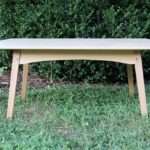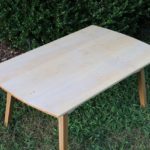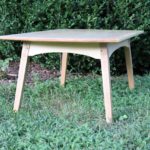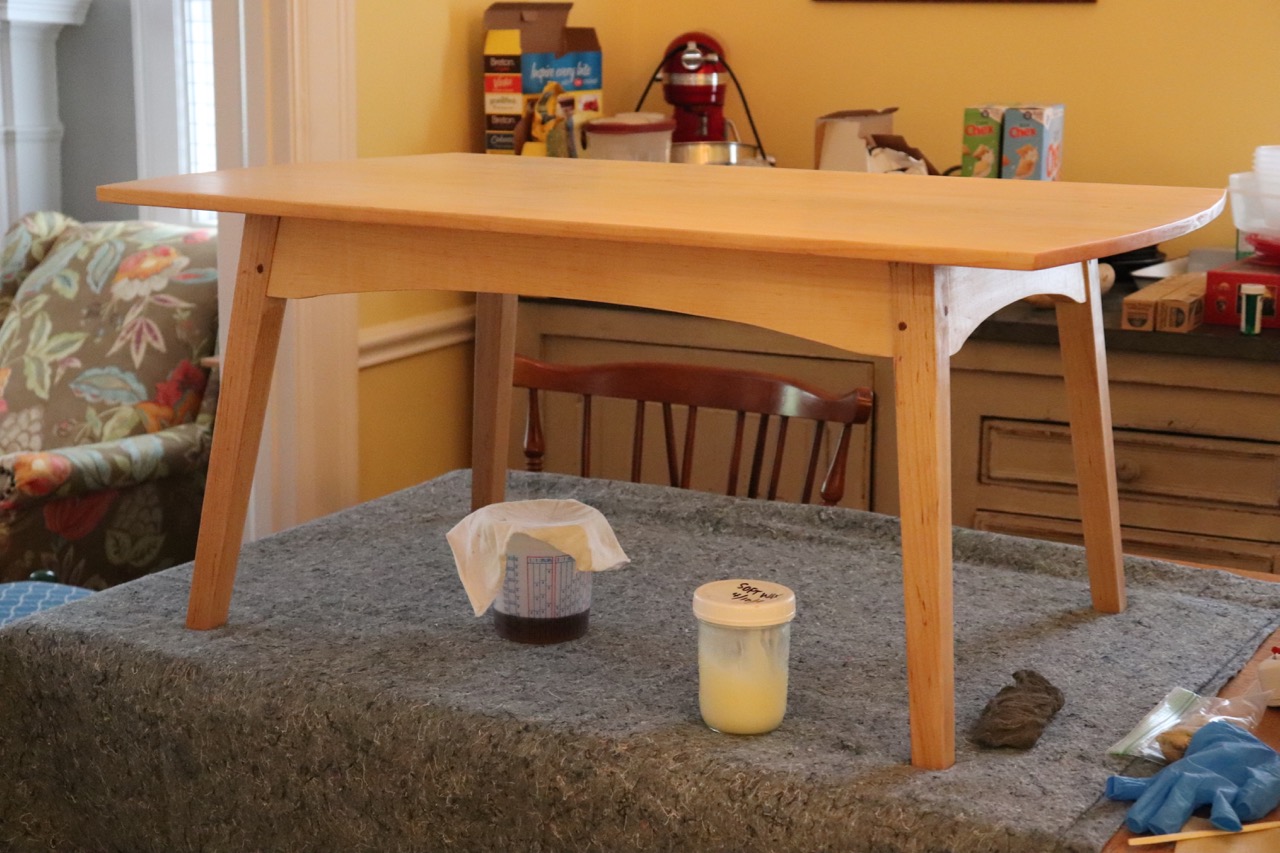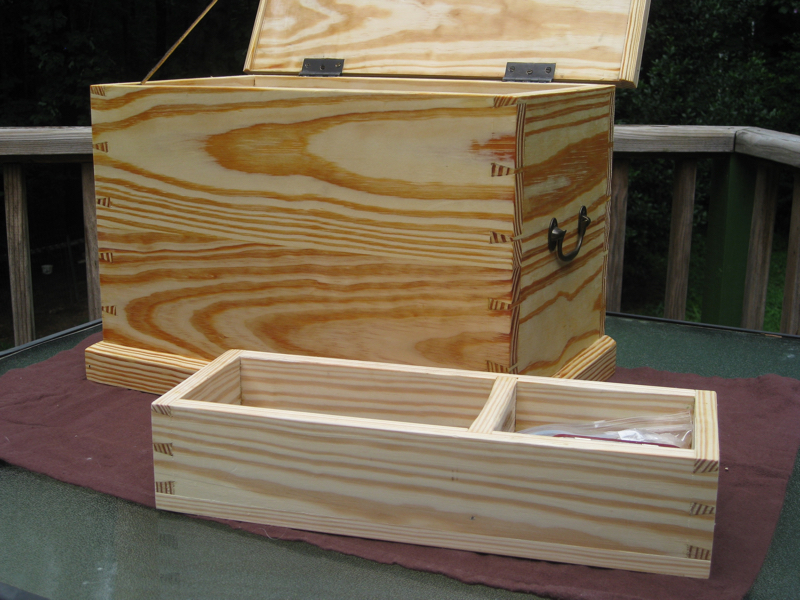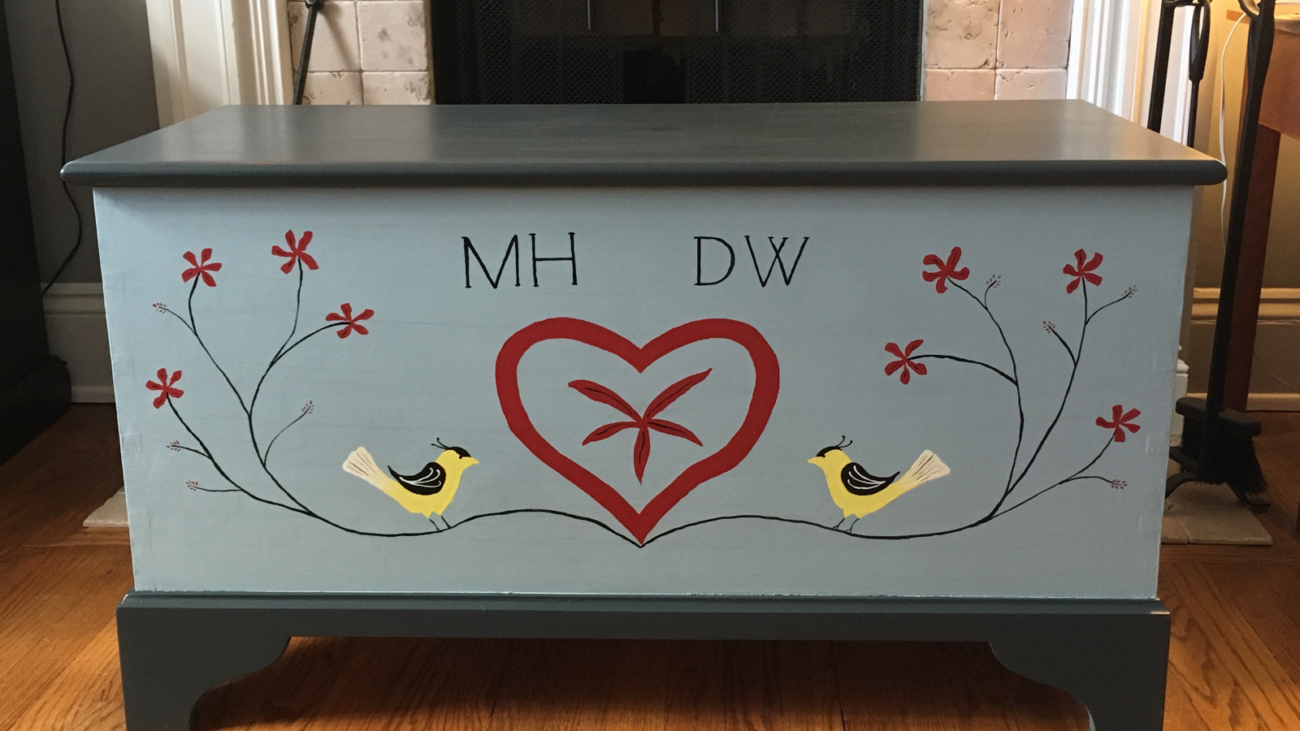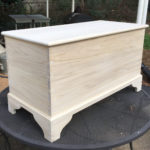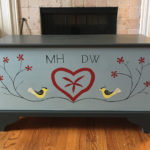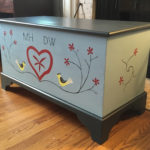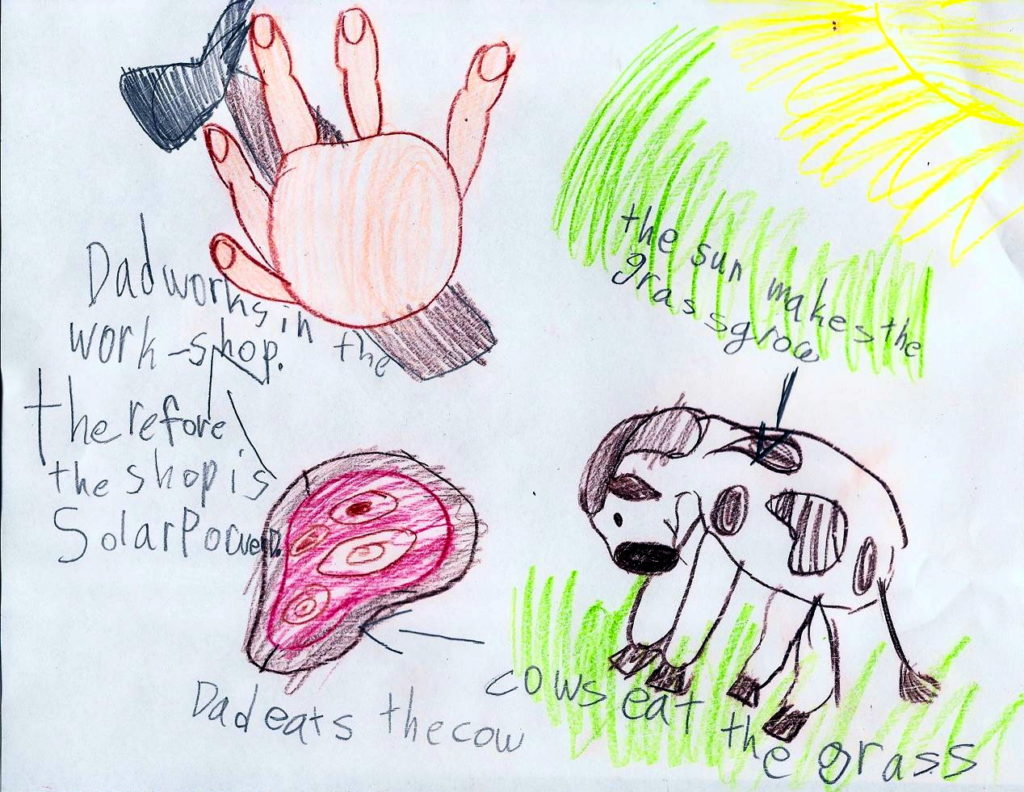This is not a project blog, meaning that I don’t want to write a lot of photo-heavy step-by-step posts about how to build things. There are enough of those out there already. Some of them are very good. It isn’t my thing, and the bases, mostly, are covered.
Occasionally, though, a project requires my working through a process that I have not seen explained elsewhere, and I’d like to write it down for my own understanding and reference… and if I’m going to do that much, I figure someone else may benefit from my experience.
This table is one such project:

While there are some good articles available on building a table with splayed legs, they’re written for machine work. Since I work almost entirely with hand tools—I don’t own a drill press or table saw—most of the advice, and indeed even the process, in such articles is useless to me. Here, then, are ten things I learned from designing and building a splay-legged coffee table.
First, I am assuming that you can build a basic four-legged square table with straight aprons. I’m not going to explain mortise and tenon joints. Nor did I photo-document every stage of the process; I was too busy trying to build the thing. If Fine Woodworking wants to pay me to build it again and write it up (ha!) we’ll talk.
Ready? Here we go.
